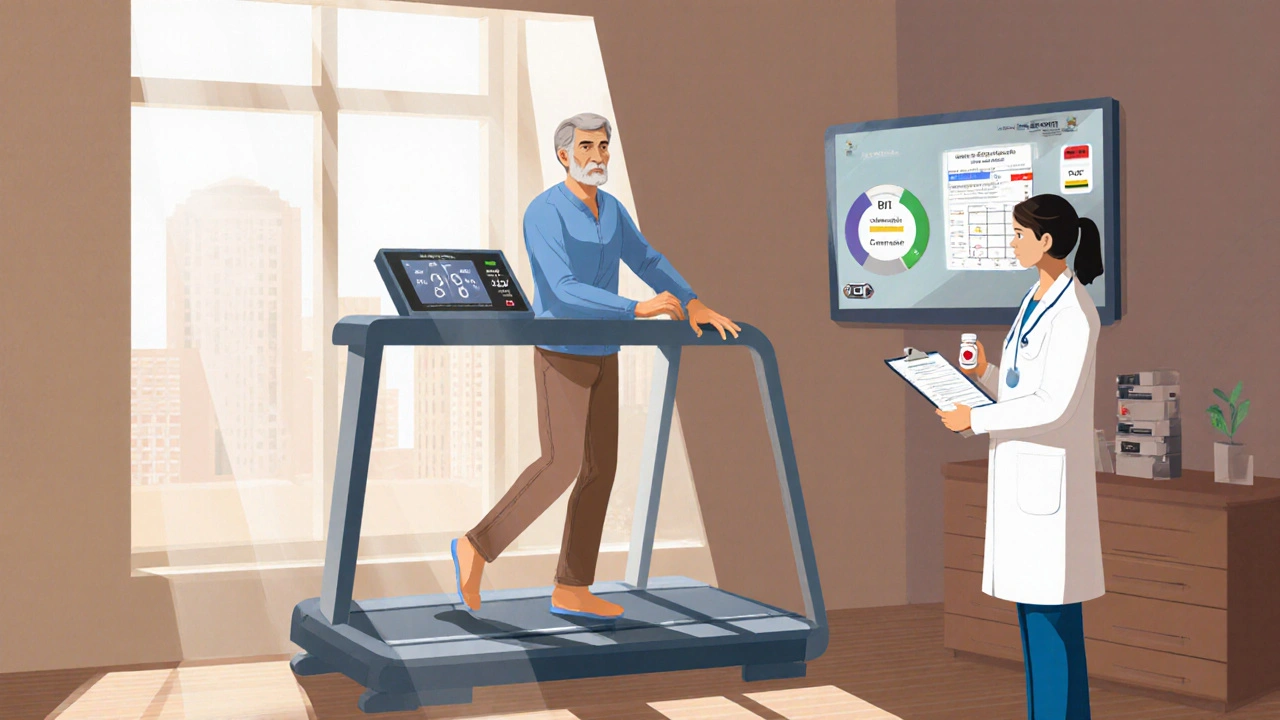Exercise Therapy for Claudication
When dealing with exercise therapy for claudication, a structured walking or treadmill regimen that helps patients with leg pain caused by reduced blood flow. Also known as exercise rehab for PAD, it targets the underlying circulation problem without surgery. This approach leans on the body’s ability to form new vessels, called collateral circulation, and it does so by repeatedly challenging the muscles that starve during daily activity. The result is a slower onset of pain, longer walking intervals, and a measurable boost in quality of life. exercise therapy for claudication works best when the program is tailored, progressive, and monitored.
Understanding the bigger picture starts with Peripheral artery disease, the primary cause of leg claudication, where plaque narrows the arteries supplying the lower limbs. Once the disease is confirmed, a supervised walking program, usually run by a vascular specialist or physiotherapist, provides the safety net needed for patients to push their limits without overexertion. Within that framework, treadmill training, a lab‑based method that sets speed and grade to provoke a predictable level of pain allows clinicians to measure progress objectively and adjust intensity week by week. The combination of these elements creates a feedback loop: the more consistent the walking, the better the blood flow, which in turn makes longer sessions possible. A vascular specialist, a doctor trained in managing PAD, often decides when to add medication or consider revascularization if exercise alone isn’t enough, ensuring the plan stays realistic and patient‑centered.
Below you’ll find a curated set of articles that break down each piece of the puzzle: how to start a walking routine, ways to track improvement, what equipment can help, and when to seek a specialist’s advice. Whether you’re a newcomer looking for a simple step‑by‑step guide or a seasoned patient fine‑tuning an advanced program, the resources here will give you practical insight and ready‑to‑apply tips.

